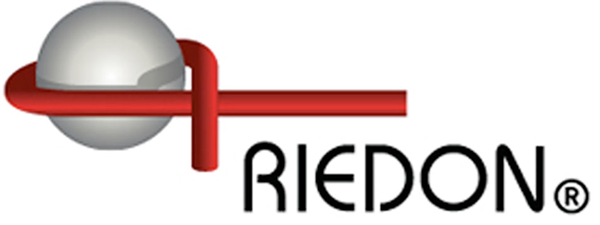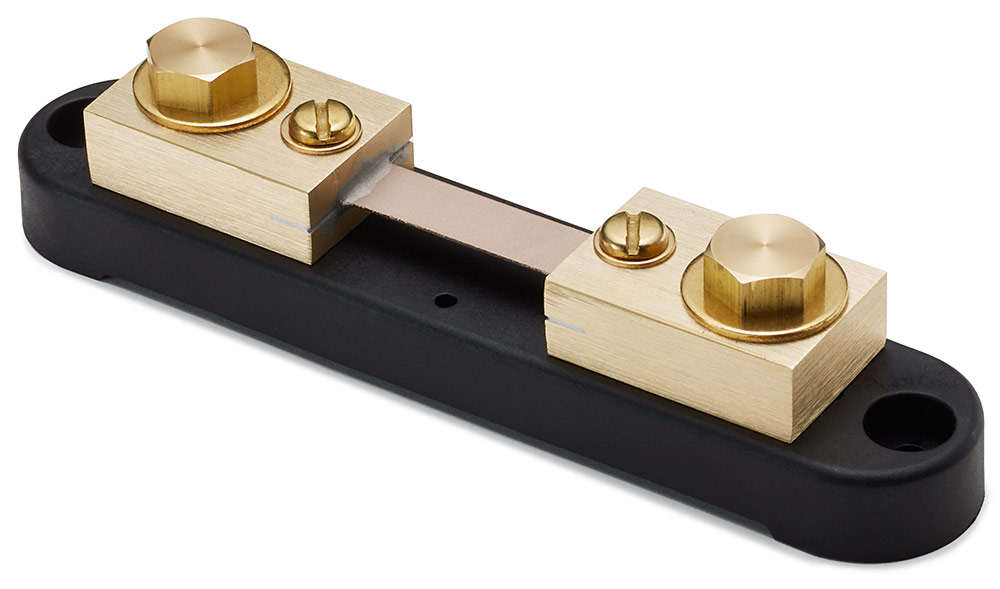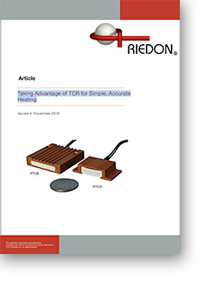Precision Base Mounted Shunts for DC Measurement | Riedon RSN Shunt
| Type | Specifications |
|---|---|
| Rated Output |
50mV, 100mV, Custom |
| Voltage Tolerance | ± 0.1% |
| Operating Temp. | -30°C to 70°C |
| Storage Temp. | -55°C to 80°C |
| Materials |
Resistance Element: Manganin Terminal Block RSN: Brass Base: Bakelite |
 See PDF Datasheet for Full Specifications
See PDF Datasheet for Full Specifications
Click Here For More DC Ammeter and Current Sense Shunts
DC Ammeter Shunt Definition
An ammeter shunt creates a very low-resistance connection between two points in an electric circuit. The electricity needs somewhere to go with this resistance so there is an alternative path for a portion of current to flow. Usually this shunt creates a voltage drop which allows an ammeter to be used to measure the amperage of a circuit.
Shunt Operation
It is recommended that shunts are not used more than 2/3 of the rated current under normal conditions for continuous operation. Also, it is important to have shunts in a well-ventilated area with circulating air. These DC Ammeter Shunts work best at temperatures between 40° - 60°C. If temperatures reach 145° C or more, this can result in a permeant change of resistance.
DC Ammeter Shunt Types
Riedon DC Ammeter Shunts are specified by series Type, watts and resistance. For an example, there are three main busbar shunts. 15-600 Watt, 300-1,200 watt, and 1,500 to 2,000 watt.
Estimating Resistance
To estimate resistance of a Riedon Ammeter shunt one needs to apply ohms law. For example, an RSI 300-1,200 Watt DC Ammeter Shunt has an approximate resistance of 0.042 Ohms. This is determined by V/I=R.
For a DC Ammeter to work properly, it requires shunts. Some of these have external shunts, but others use built-in shunts for its operations. For those with external shunts these will be placed in the circuit where the current will be measured. These meters and shunts must be matched properly with their calibration and ratings.
A Shunt Water Analogy
When thinking of a shunt, it's often helpful to think of the flowing of electricity the same way water flows through a pipe passing through a T valve. Shunts acts much like a T valve which can restrict some of the water from passing through the main pipe to the right pipe and being diverted through the left (bypass) pipe. A flow rate meter in the left (bypass) pipe can measure the water flowing through it and determines the resistance the valve is placing on the main pipe. For instance if the left bypass is measuring 1/100th of the water in the bypass and the valve is showing a restriction of 1% with 1/100ths of the water flowing through the right (main) pipe, the ratio of the bypass to the restriction is 1 to 99. Using this measurement, the flow can be calibrated to indicate the flow through the main pipe as well.
How a DC Ammeter Shunt Works
Using this analogy, a DC Ammeter and Shunt work in a similar way. By measuring what current is diverted, one can use the meter to measure how much current is flowing through the main wire. Extremely small wires in the meter allow the needle in the DC Ammeter to move to show the amount of current. By measuring a small amount of current being bypassed, a meter can be much more sensitive due to only having to measure a tiny fraction of the total current.
The DC Ammeter must be carefully calibrated at fixed resistance values to accurately measure the current flow through the main wire. It is common to have a resistance of 50 Ohms with a shunt resistance at a fraction of an Ohm.
Example: 100 Ampere Meter. For a meter calibrated to 100 Amps full scale deflection, the meter will indicate that 100 Amps is flowing through the shunt when the meter reads 100 Amps. The shunt resistance is .002 Ohms.
Therefore, when there is 100 Amps flowing through the shunt, there is 100 X 0.00002 = 2mA flowing through the meter.
Continuous Current vs. Bursting
The shunt current rating shows how much current that produces a full scale reading on the DC Ammeter. A continuous current should stay below 80% of the shunt rating, however short bursts of current that can exceed the shunt rating by a factor of 2 can happen without damage to the shunt or the meter. This often happens when you start a motor or crank an engine.
Connecting Multiple Meters to One Shunt
It is possible to connect more than one meter to the same shunt. This is helpful for when current needs to be observed or monitored in more than one location. This is possible because the shunt carries almost all of the current and the meter currents are very small. If an alternator output or other current levels need to be monitored in more than one location.
Rate of Flowing Current
Knowing the rate of current flowing through a component or device is essential in electronics. Not having enough current can prevent your hair dryer from getting hot enough, and too much can catch your hair on fire. If you are working on a Do-It-Yourself electrical project, it's critical to know how much current is being drawn. This is why a DC Ammeter shunt is such a useful tool allowing a hobbyist to measure this properly.
The Circuit Ammeter
One benefit of a DC Ammeter Shunt is that is provides a very low-resistance connection between two points in an electrical circuit. This is important because it has such a low resistance flow path that connects in parallel with the Ammeter. This means that that shunt itself is a built-in the instrument, where other shunts are connected externally to the circuit.
Mechanics of DC Ammeter
To understand the mechanics of a DC Ammeter, we should explore electrical current and Ohm's Law which defines how voltage, resistance, and current relate to each other. Ohm's law defines how current plays a role in an Ammeter shunt.
Here is an example. Imagine as electrical current flows through a resistor, the voltage will drop and can be measured. By knowing the resistance, we can calculate the current using the simple equation I=V/R.
DC Ammeters and Shunts have Parallel Connections
Why is this important? This is a very important aspect of Ammeters because their entire purpose is to measure the low electrical currents, not heavy currents. Shunts on the other hand when connected in parallel to the Ammeter, allow it to measure heavy electrical currents. When connected in parallel, the Shunt and ammeter's voltage drop across the meter however the shunt's current remains the same. This means that the shunt will not affect the movement of the pointer in the meter.
How a DC Ammeter Shunt is Constructed
DC Ammeter shunts are built to maintain the temperature of the material even if a substantial amount of current is flowing through the circuit. The physical properties of the device and their relationship to the temperature changes display a coefficient between the two. This relationship will allow its current resistance to be maintained at a constant level with time.






